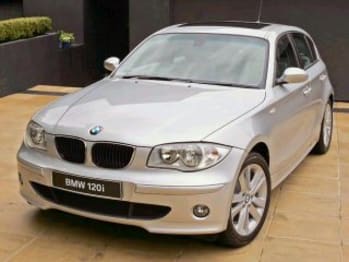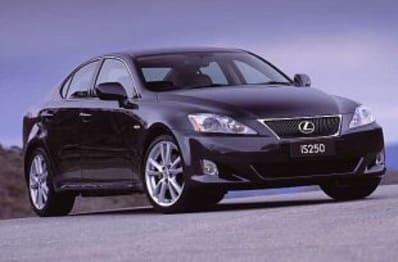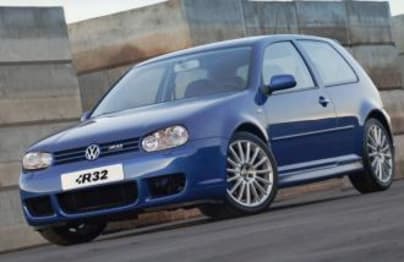
Used BMW 1 Series review: 2004-2011
- BMW 1 series
- BMW 120i
- BMW 116i
- BMW 118d
- BMW 1 Series 2008
- BMW 1 Series 2009
- BMW 1 Series 2006
- BMW 1 Series 2007
- BMW 1 Series 2010
- BMW 1 Series 2011
- BMW 1 Series 2004
- BMW 1 Series 2005
- BMW 120i 2004
- BMW 120i 2008
- BMW 116i 2005
- BMW 116i 2006
- BMW 116i 2007
- BMW 118d 2009
- BMW 118d 2010
- BMW 118d 2011
- BMW 1 series Reviews
- BMW 120i Reviews
- BMW 116i Reviews
- BMW 118d Reviews
- BMW Reviews
- BMW Convertible Range
- BMW Coupe Range
- BMW Hatchback Range
- BMW Sedan Range
- Convertible
- Coupe
- Hatchback
- Sedan
- BMW
- Used Car Reviews

With BMW sales soaring and more and more first-timers buying the BMW hype the company had to think about its entry-level model.
The 3-Series had long been the route most baby beemers took to join the BMW club, but over time it had grown in size and cost, to the point that it was out of reach of many prospective buyers.
New
It was only natural then that BMW would build a smaller model that slipped into the range under the 3-Series, one that was more affordable.
As the owner of the Mini it could have rebodied the Mini's front-wheel drive platform and slapped a blue and white spinner badge on the bonnet and hailed it as a funky new addition to its range, but it didn't. Instead it stayed true to its heritage and built a new rear-wheel drive small car.
The driving experience is one of the key promises in the BMW brand pitch and rear-wheel drive is key to delivering on that promise, so building the 1-Series as a rear-driver was a no-brainer.
Like all BMW offerings there was something for everyone in the 1-Series. It came as a practical and affordable five-door hatch, a slinky two-door coupe and a cool convertible.
If rear-wheel drive is an important part of the BMW appeal, so too is the engine. The German carmaker is famous for its smooth, free-revving engines, particularly the six-cylinder engines it offers.
The 1-Series handled with assurance
Like all models in the BMW range there was an almost bewildering choice of engines in the 1-Series. They ranged from a modest 1.6-litre four-cylinder engine, to economical turbo-diesels and silky smooth sixes, and on to thundering turbocharged sixes.
There was a choice of manual or automatic transmissions, which all shifted smoothly and were well matched to the engines they served.
With a wheel at each corner the 1-Series handled with assurance, it responded well to the driver's inputs whether at the wheel or the gas pedal, and was an exhilarating drive, as you would expect from a BMW.
The engines were smooth and capable of delivering decent economy if light-pedalled, or a thrilling ride if you weren't so concerned about the consumption.
Inside the 1-Series hatch, the front seat occupants had reasonable room, but those in the back were somewhat cramped. The rear seat in the coupe and convertible were particularly tight.
With run-flat tyres fitted there was no spare provided, which made the boot a good size.
Being a prestige model there was a long list of features you could choose from to make your 1-Series into whatever you wanted it to be.
Now
Owning a BMW is about two things, the driving experience and the badge credibility. Rarely do they disappoint on those fronts.
Anyone who cares about driving can't help but be thrilled by the delightfully smooth engines and the responsive chassis, the combination of which make time on a winding road rewarding.
Unfortunately for some the driving experience is soured by the ownership experience as problems strike with a frustrating regularity as the kays climb.
Anyone contemplating buying a high mileage used BMW, that's one that has done in excess of 100,000km or so should think carefully before diving in.
BMW engines and gearboxes are generally robust and give little trouble, but some other components can have you stopping off at your mechanic's on an all too regular basis.
The logic of using plastics for engine fittings, radiators, pulleys etc. that are exposed to heat, as BMW does, is questionable. It's fine for anyone intending to own their car for a short time only and pass it on with relatively low mileage on the clock, but anyone intending to keep it for any length of time should be warned that they will ultimately have trouble.
As the kays climb expect to have to replace the radiator, the various engine fittings, pulleys, water pumps.
Also expect to have to replace brakes, discs and pads, relatively regularly.
A mechanic who knows the brand and what goes wrong with them well is important
Add to that the cost of replacing the run-flat tyres and you've staring at a potentially expensive ownership experience over the long term.
The key is to buy low-kay BMWs and have them checked by a BMW specialist mechanic before you sign up.
With the cost of BMW parts and servicing having a tame mechanic on side is also important. A mechanic who knows the brand and what goes wrong with them well is important. They should also be able to source more affordable parts should things go wrong.
Always make sure your chosen car has been well serviced.
Pricing
| Year | Price From | Price To |
|---|---|---|
| 2011 | $6,930 | $47,850 |
| 2010 | $6,490 | $31,350 |
| 2009 | $5,170 | $24,750 |
| 2008 | $4,620 | $20,240 |
| 2007 | $4,510 | $11,660 |
| 2006 | $4,070 | $11,550 |
| 2005 | $3,850 | $11,110 |
| 2004 | $4,400 | $6,820 |
Pricing guides
Range and Specs
| Vehicle | Specs | Price* | |
|---|---|---|---|
| 120i | 2.0L, ULP, 6 SP MAN | $4,400 – 6,490 | 2004 BMW 1 Series 2004 120i Pricing and Specs |
Other cars to consider
$3,850
Lowest price, based on third party pricing data











